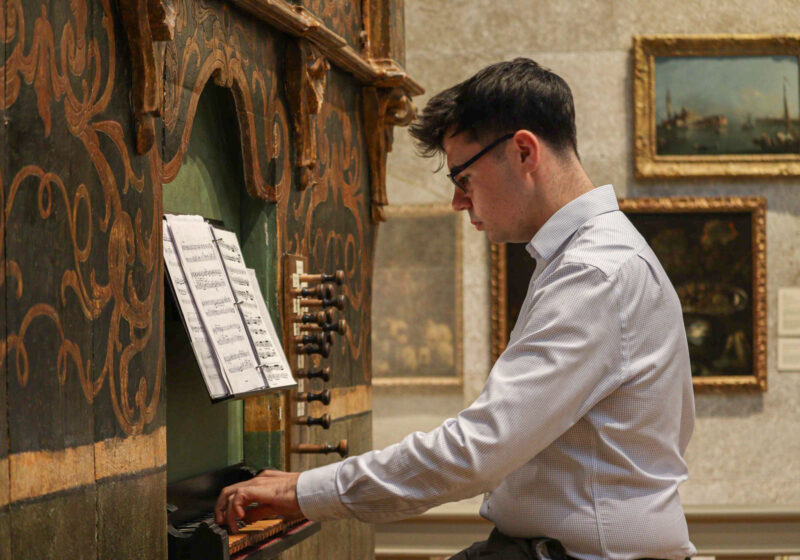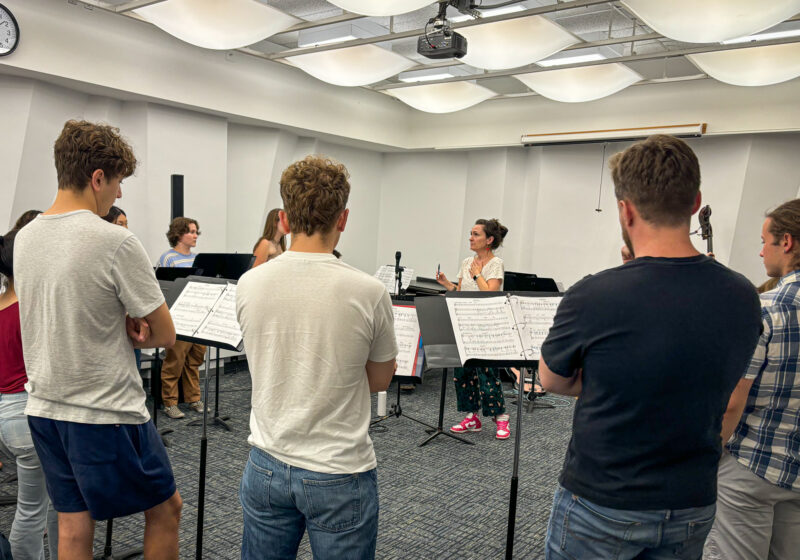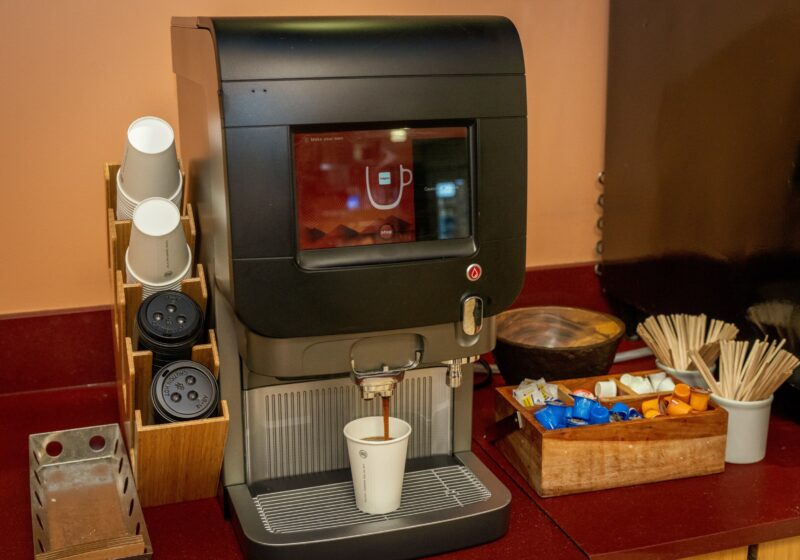When I first saw the copy of the New Yorker, wedged amid the bottles and trash, I thought it was a special find. But, I realized that in the bowels of Rochester’s abandoned subway system, it was just another shit rag.
I let the soggy magazine fall back into the pit from where I had snatched it and retreated through the cave, past the filthy mattress, the stuffed backpacks, the sneakers, following my friends through the doorway and escaping the gagging stench of feces.
There were other magazines throughout the subway: a torn-off cover of Rolling Stone here, a bent issue of Entertainment Weekly there. Even yellowed pages of USA Today rested there underground, often in half-burned bits near long-dead fires. In the subway, where the homeless seek shelter, these publications aren’t for reading. They were stock for fires, stuffing for bedding, rags for shit.
Rochester’s subway was axed in 1956, long before my friends and I trekked through its crypts. As of a decade ago, the City of Rochester was spending $1.2 million per year to maintain the site, though when we arrived, the crumbling concrete told us different.
It took us—Joe, Juan, Chris, me—a while to find an entrance. After a series of wrong turns, Chris spotted something promising: a stone tunnel stretching across the Genesee River. We crossed a street and started toward it. Carved in the stone were rows of arches, with rounded tops and square sides. As we approached, I saw the canvas of graffiti inside and knew we had arrived.
Through the arches, we could see the tunnel floor 10 feet below the ledge we had reached. A group of twentysomethings was filming a video down there—a screeching singer, strumming guitarists, a circling cameraman. I leaned over the railing running along the drop and watched as dust from the ground swirled in the breeze. I looked at the graffitied walls; a bulbous eye stared back. We filed down the ledge until we met another railing, the water gushing beneath us. We stopped, unsure how to proceed. Without a word, Joe hopped the railing and scampered down the ledge, moving out over the Genesee. He beckoned us on and ducked behind an arch.
“Where did Joe go?” Juan asked.
“Joe’s nuts, fuck that,” Chris replied. I looked at them, looked to where Joe had gone and decided to vault the railing. I raised myself over and eased down. The music had stopped; I saw the guitarists futzing around, glancing up at us. I looked out over the Genesee and watched the water cascade. I scanned the shore, the scraggly trees, the rocks. The smell of paint wafted by. Chris joined me on the ledge. Juan was still behind. “It’s not that bad,” Chris said, planting his feet. The slab beneath us, just before the ledge let out to the Genesee, read, “Don’t Do It You’re Worth So Much More,” in paint. I turned back and saw Juan trying to climb over the railing. “Ah, fuck!” He had caught himself at a bad angle.
Joe was standing in the tunnel below; he’d jumped down. He coached Chris down, and they both peered up at me, waiting. I fumbled over a cold, rusted pipe and onto the edge. I hesitated—I hate heights. With some coaxing, I let myself fall. The landing shot a jolt up through my legs, but I was alright. I could still see the sky, the sun. As I poked around in the dirt, Joe and Chris managed to help Juan down into the tunnel, and at last our whole squad was in. The sounds of traffic mumbled overhead. “Hey, come this way,” I said, pointing to the black maw of the inner tunnel. Joe flicked on his flashlight; I flicked on mine. We ventured into the dark.
As we forged ahead, the clunk of cars overhead faded. The air grew cold. The crunch of gravel and dirt under our feet sounded suddenly much sharper. The group ahead of me, I shined my light about the tunnel, spotlighting street art—cartoons, scrawlings, musings. I stopped to look at a few artifacts—crumpled condoms, cigarette butts, raggy fabrics, beer, spray paint and gas cans—and soon fell behind. The darkness wrapped itself around me; the air tasted stale. I could see floating particles in my flashlight beam. Everything lay under a coat of dust. I could hear my friends, but their lights were gone. Suddenly, two beams appeared. My eyes focused in, and I made out a man and a woman, walking together.
“If you keep going straight, does it go anywhere?” the man asked.
“I don’t know,” I said. “This is my first time.”
“And, you’re by yourself?” his companion asked. They continued on. I turned to watch them go, two silhouettes in the square of light at the mouth of the tunnel. I pressed on, trying to catch my group. Another sweep of my light showed a flayed electrical wire twisting down from the ceiling. On the wall, a ghoulish face grinned. I called out, and the others circled back, meeting me in a space on the right side of the tunnel. We were chatting next to a set of pipes when I shushed them and said, “Do you hear music?” We listened—a metallic clink echoed. Joe eyed the pipes and surmised we were hearing the creaks of unsteady pressure. I thought they sounded like steel drums.
The group began again, with Joe and Chris taking point. Juan and I lingered, snapping pictures and prodding at an ashy mound on the ground. I bent over and picked up a spiral notebook; the pages were burnt. We moved on, stopping to admire some graffiti, the phrase, “Complete paranoia is total awareness,” jumping out. I thought it was fitting; Kris thought it was funny. We kept moving.
“What’s it smell like in here?” I asked him.
“Piss,” he said, trudging forward. I didn’t disagree. As we neared our friends, I looked over back. The light from the beginning of the tunnel was now just a sliver.
The others were pointing to a post jutting up from the ground. From a distance, they’d thought it was a person. I sized it up: rusty, basking in a ray of light from a grate above. I figured I’d have been spooked, too.
A few minutes later, I fell behind again. The only sound was the dripdrop of some liquid nearby. I approached a crumbling pillar with a candle resting on top, its wick burnt to a nub and a dried trail of wax snaking down from its side. I was standing on my toes to get a better look when I heard chatter ahead.
“You’re gonna have to take pictures of this,” Joe called back to me. I could see him, Chris and Juan facing a wall. The air was chilly, hanging, dead. I reached them and looked at where they had trained their lights. “Jesus,” Chris whispered. On the wall was a block of text at least 20-feet-long and three-feet-wide, all laid out in neat, black paint. I pictured some crazed night owl, some cranked-up street urchin, slaving over the scripture there in the middle of the darkness. I wondered how long it took.
Soon after, I stopped at another fire pit, finding this time a half-charred folder. Juan approached.
“You know we haven’t seen a single living thing yet, right?” he asked, chuckling.
“I like to check out what’s by the fires, ‘cause that’s where you see the signs of life,” I replied, veering off to explore. A tire lying on its side nearby caught my attention. I kicked it. It must have been the loneliest tire in Rochester.
I looked up and saw my three friends in the distance, standing under a beam of light. All around them, blackness. Joe pointed upward, and the three stood there for another second before trotting off. I walked to where they had been and looked up—blue sky. I looked into the blueness and winced. It was the most light I had seen in nearly half an hour. Littered beneath the open skylight were dried leaves and stubbed cigarettes.
My friends had continued into a narrower passage, and I could hear them shouting. An exit? I hurried after them, turning a corner to find a blinding block of light. Almost there. Out of the light came Juan’s silhouette, lumbering back to get me. We walked together into the light. At the mouth of the tunnel sat a collection of strollers and carriages, battered and empty. A child’s shirt lay tattered to the side. I paused and began to wonder what had happened, but Chris and Joe came strolling back into the tunnel, having just ventured out. I walked on alone.
The tunnel led out to a gentle gravel slope, enclosed on both sides by fence-topped walls. I emerged. The sky was bright, the air no longer stale. I could feel the breeze and hear the cars on the highway. I looked up at the billboards and the trees and the highway and then at a man on the sidewalk above, who looked down at me as I stood writing. I turned and faced the subway. Inside were my friends. Inside was a whole other section to explore. Inside would be a soggy New Yorker to find, and then abandon. I gulped and headed back in.






